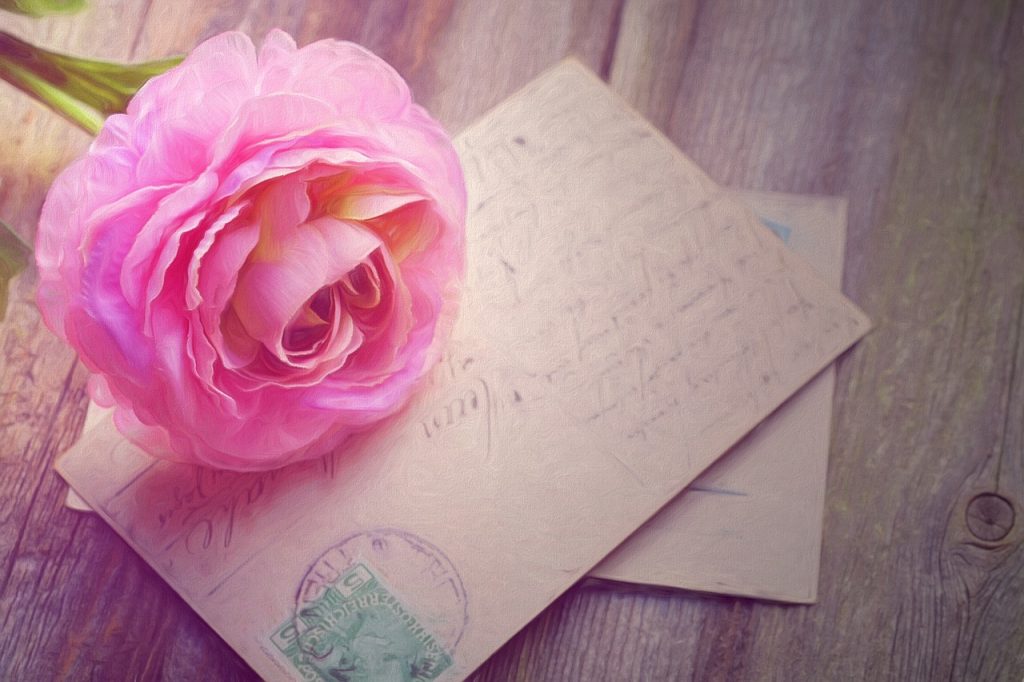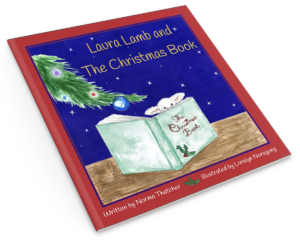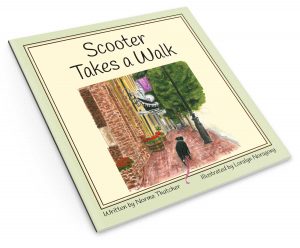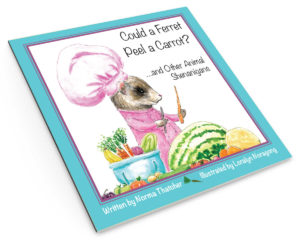
Image by Pezibear on Pixabay.com
When my children were young, my sister Beverly traveled extensively with her husband as he performed custom brick-laying across the country. She usually mailed my kids postcards from each new town.
And before cell phones changed everyday life, when we vacationed at the beach we’d troop to the closest store to buy postcards to mail to family and friends.
When’s the last time you bought a postcard? And did you actually mail it to someone or did you purchase it as a souvenir?
Why would I need to send postcards of the amazing place I’m visiting via the US Postal Service when I can post 37 photos on Facebook or Instagram and/or email and text the photos directly to the recipients within seconds of the shots being taken? And all for free.
There is no need, of course. But a recent story in the June Real Simple magazine caused me to rethink postcards.
The precursor of postcards occurred between 1848 and 1870 when envelopes with pictures on them were popular. Then in 1873 the federal government produced postal cards without envelopes that could be mailed for one cent of postage. Private producers of similar cards could not use that designation, and the postage for non-government cards was two cents.
In 1901 the two-word term post card was allowed, with an image on one side and room for the address on the other. Personal message writing was not permitted. Then in 1907 the divided back came into existence so that a person could write a short note on half the back with room for the name and address on the other half.
Postcards currently cost 35 cents in postage and to be officially considered a postcard, the size must range from 3 ½ x 5 up to 4 ¼ x 6 inches. They have to be .007” thick which is about the thickness of an index card.
Many businesses that still do direct mail advertising use postcards. And custom printed postcards have come into vogue for use as invitations and announcements.
But Jeff Gordinier, author of the noted magazine article titled Postcards: A Love Story, was talking about actual, honest-to-goodness postcards. He had used postcards earlier in his life as a way of keeping in touch with friends after college.
So years later when he realized he’d fallen in love with Lauren just as she was moving across the country, he worried about the problems inherent in a long-distance relationship. His job was keeping him in New York. Yes, of course, they could be in constant contact via calls, texts, emails, and FaceTime, but where is that romance in that?
So he fell back on the practice of sending postcards. Lots of them. And every single one was different. Lauren received at least one postcard a day. Jeff traveled all over the world as a food writer and he said he hoarded local souvenir cards by the dozen.
He chose randomness as his personal messages as well; he wanted to “keep the element of surprise alive.” So sometimes he’d write an observation of something he’d seen, a few lines of remembered poetry, memories from childhood, a favorite short recipe, a quote, something he’d overheard, a sampling of song lyrics, and so on.
To quote from the article, “The point wasn’t to say anything profound. The point was to express, in a form so compressed that it flirted with haiku, the very core of connectivity.”
Isn’t that deeply romantic? Forget the flowers. Give me a man who speaks to my soul.
So did the postcards keep their long-distance relationship alive?
I’ve included a link to the online article. You can read it for yourself to find out!
~~~~~
Here’s the Real Simple article in full




Norma, I think I told you this before, but when my mother-in-law died in 2013, and we were cleaning out her drawers, I found 56 postcards that I sent to her from the various states and cities where Dennis worked. What amazing memories they brought back to us.
Actually, I do NOT recall this but I’m happy to hear it now! Did you make a scrapbook of the postcards? Laura and Tim always appreciated getting the postcards from Aunt B.